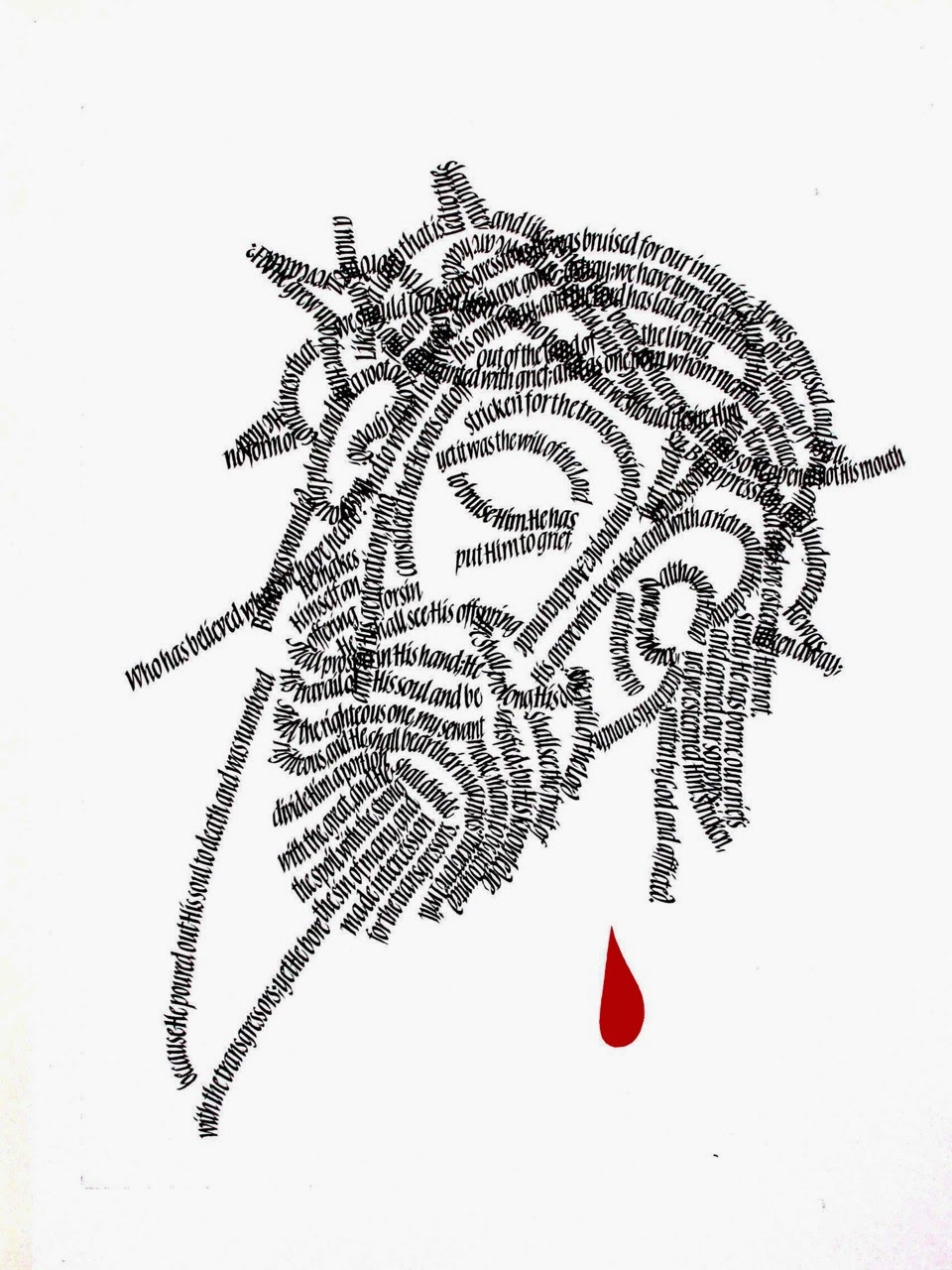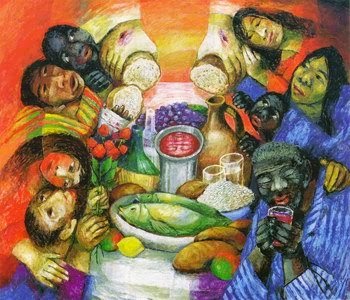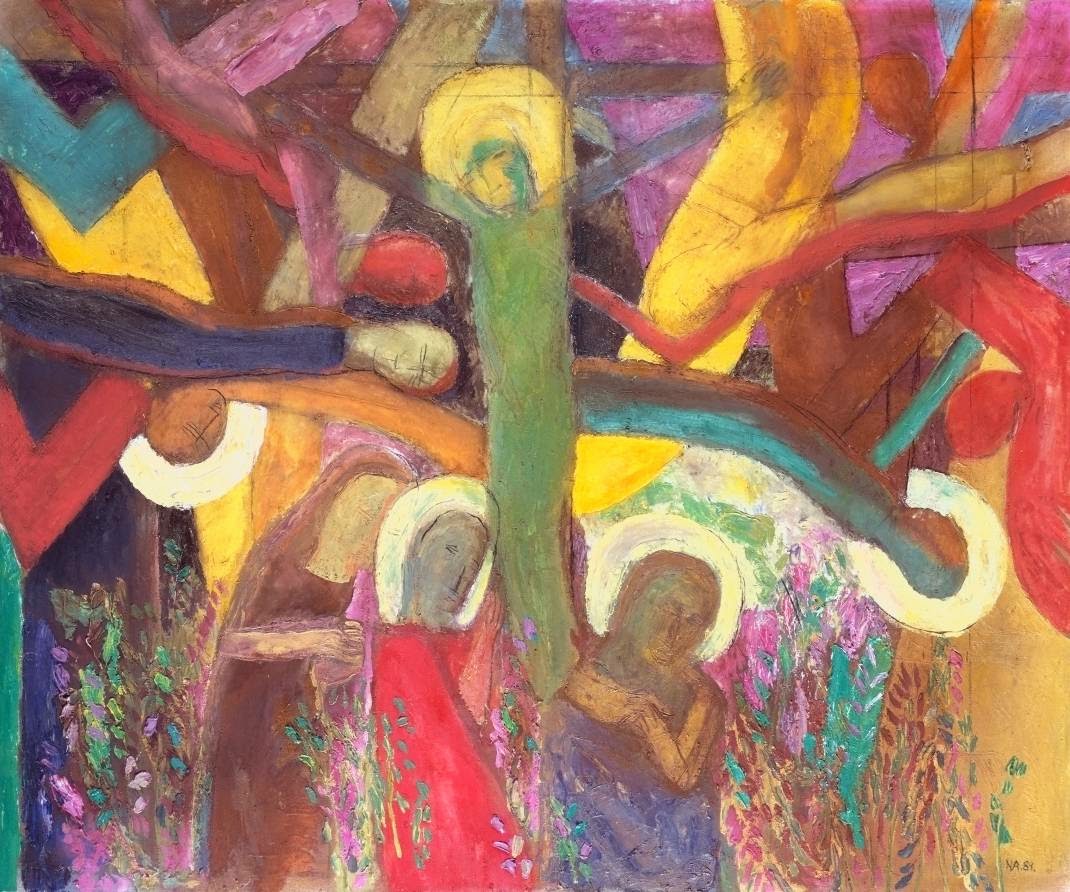On Sept. 15, 1959,GEORGES VANIER took office as Governor General of Canada with words few leaders would speak in public today.
“My first words are a prayer. May almighty God in His infinite wisdom and mercy bless the sacred mission which has been entrusted to me by Her Majesty the Queen and help me to fulfill it in all humility. In exchange for His strength, I offer Him my weakness. May He give peace to this beloved land of ours and, to those who live in it, the grace of mutual understanding, respect and love.”
“The more that I know of them, the more I see them as exemplars of the Christian life in brokenness, in imperfection.” (Mary Frances Coady in her biography, Portrait of A Couple) “Each of them learned from the other. In one sense, each of them made up for what was lacking in the other.”
Precisely because they lived the Sacrament of Marriage so completely, there is a cause for their sainthood.
Ten years younger than Georges, PAULINE VANIER was poorly educated but could rely on her stunning looks. She brought with her into marriage a sentimental, emotional piety and all the scruples that could go with it. She was haughty, jealous and loved to be the center of attention. She suffered from her own personal problems, tending to be highly strung and suffering from depression.
But throughout her marriage, raising six children, Pauline Vanier worked at her spiritual life in annual retreats with the Carmelites and spiritual direction from various Jesuits.
Georges had his faults. He was a rigid moralist whose notion of Christianity didn’t extend much beyond a long list of rules. He saw religion as a duty to be accomplished. In his years as a military officer and a diplomat, Georges was easily angered over breaches in protocol, or anything out of order.
“Georges Vanier, without his wife, could have remained a kind of strict moralist,” said Coady. “A nice man, but not with the kind of spiritual depth that developed over the years of his marriage.”
Ideals drove the Vaniers. Before they had met, Georges lost his leg in the First World War fighting to preserve France and its patrimony - something he regarded as a sacred cause. As a young woman, Pauline agonized over whether or not she had a calling to live life as a cloistered nun.
In their marriage, the Vaniers’ ideals complemented one another. During the Second World War Georges found he was a lonely voice in the diplomatic corps speaking up for the Free French and General Charles de Gaulle. As the war progressed the Vaniers found themselves in Algiers keeping up contacts with French Resistance fighters, waiting for the fall of the Vichy collaborators with Nazi Germany.
That most of the French bishops had acquiesced to Vichy rule and even condemned the resistance from the pulpit shocked and pained the Vaniers. But it didn’t shake their faith. They were so rooted in the mystical tradition that that is where their ideals came from.
They passed those ideals on to their children. Therese became a doctor, Bernard became an artist, Byngsie became Fr. Benedict at the Benedictine monastery in Oka, Que., and Jean founded L’Arche ( a blog on this at later date). The Vaniers lived a life of entertaining prime ministers and dining with royalty and when, in the 30s, they lost much of their wealth, they had to continue to keep up appearances within all of these duties. Pauline Vanier stated that the hardship of these years had in fact been the best thing that happened to the children.
By the time Georges and Pauline took up residence in Rideau Hall they had become anxious about the state of Canadian families. They saw teenagers dropping out of high school, families torn apart by drug abuse and alcoholism and an economy that demanded men go where the jobs are without regard to their family commitments.
In 1964 they called sociologists, economists, writers and doctors to Rideau Hall for a conference on the family. By 1965 they had founded the Vanier Institute as a kind of permanent Royal Commission on the family. They wanted to emphasize less structure and more commitment people make to each other.
| Image may be NSFW. Clik here to view.  |
| In France 1988 |
Georges died in 1967 and Pauline lived on another 24 years, 19 of them in the L’Arche community in Trosly-Breuil, France. “I see her as a very heroic person in those last 19 years, moving into old age with all the aches and pains, plus the psychological stuff going on with her,” said Coady. “But still she’s determined to tie her shoes and so on.”
Sainthood, with its canonical requirements for miracles and documentation, is a long and uncertain process. But for all married couples, this couple is an inspiration to the married life.
| Image may be NSFW. Clik here to view.  |
| Image may be NSFW. Clik here to view.  |
















































Friedrich,+Peter+the+Suffering+Servant.jpeg)
























